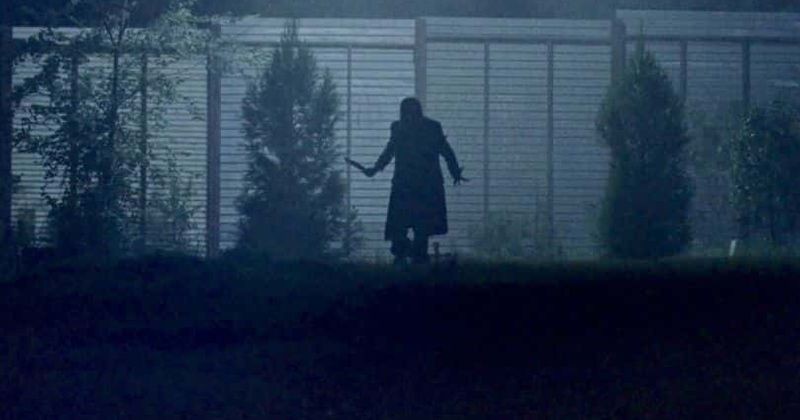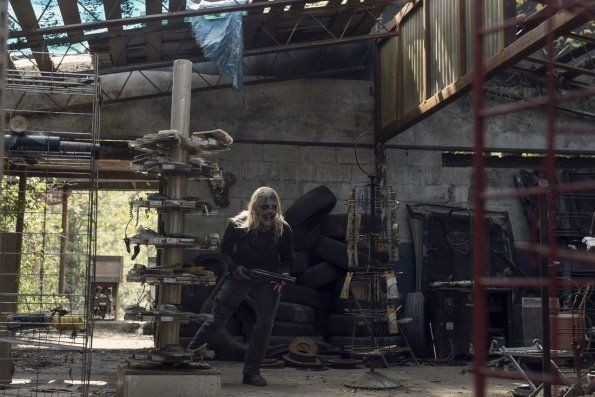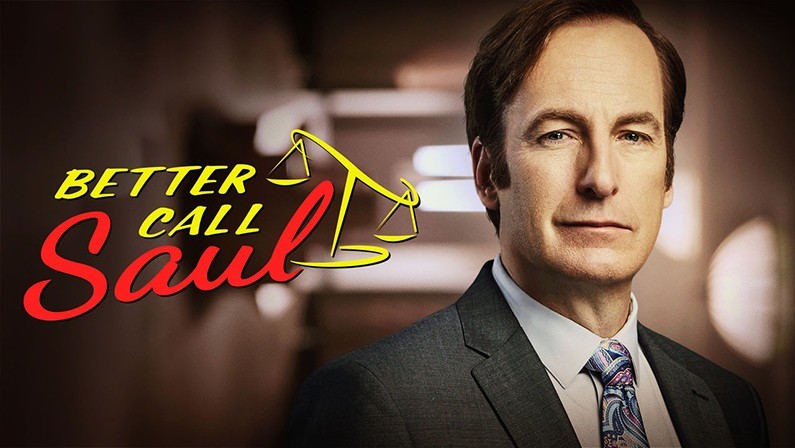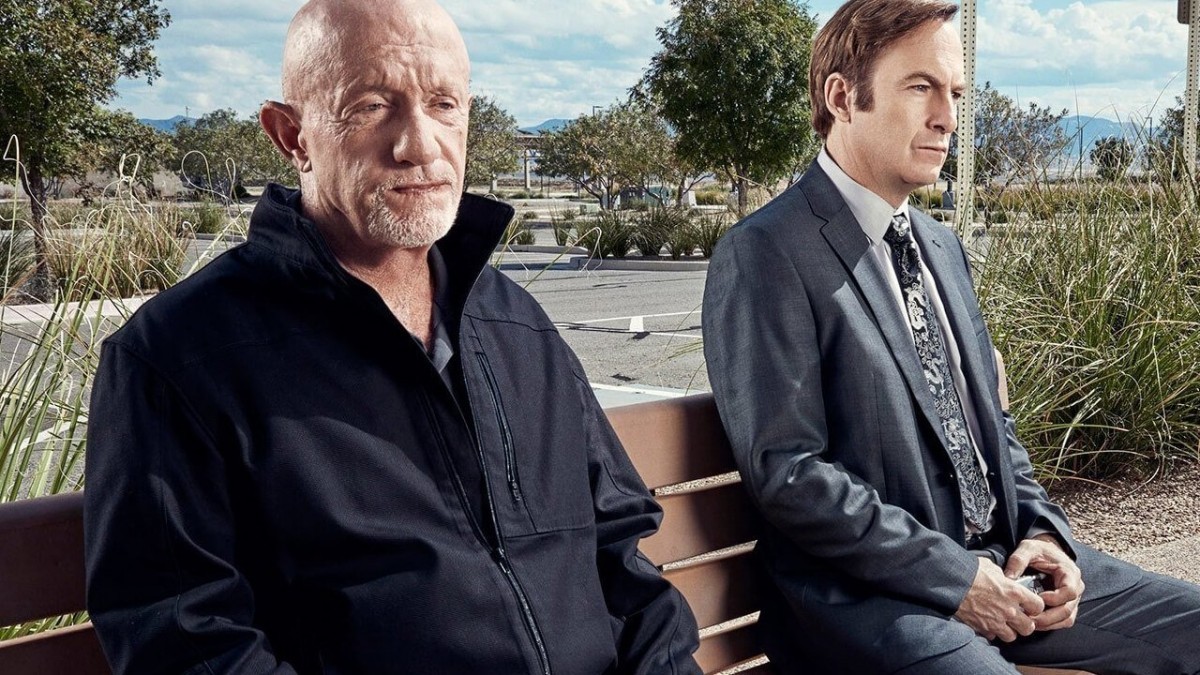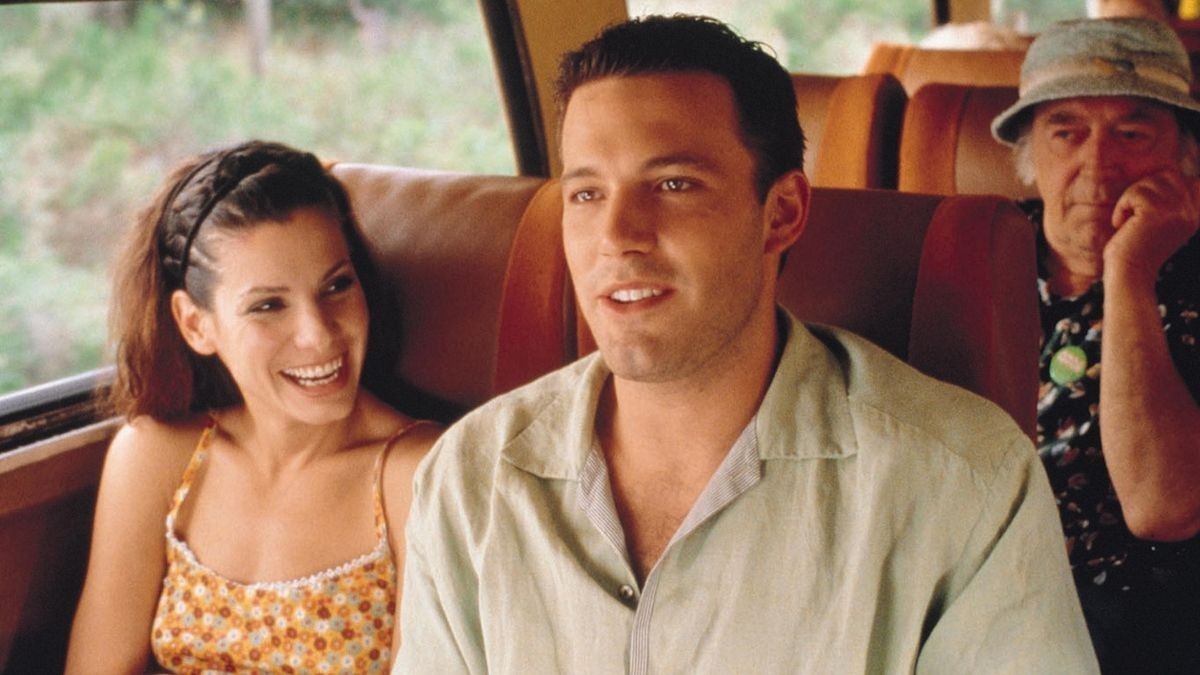Tai Freligh interviews The Walking Dead director Bronwen Hughes…
Bronwen Hughes is a Canadian film director known for The Journey Is the Destination, Breaking Bad and Better Call Saul. She was born in Toronto. A graduate of the Department of Film, York University she has directed commercials and feature films. She most recently directed episodes of The Walking Dead, 13 Reasons Why, and Dare Me. She chatted with Flickering Myth’s Tai Freligh about the recent episode of The Walking Dead titled “Stalker” as well as her film Forces of Nature and her thoughts on why there was a lack of female directors nominated at this year’s Academy Awards.
What was your approach to directing the “Stalker” episode of TWD?
When I sat with Angela Kang and Jim Barnes, the writer, we had one touchstone image from which the whole thing erupted. Well, literally erupted actually — it was the image of Beta’s hand coming out of the grave. Angela’s brief was to commit to the image. Make it classic. Forget subtlety. Make it like a poster. And from that, I was on track. I do think in terms of strong images, and how to create them. Which involves choices from location, set design, and how the lighting will work within them. It’s not random, it’s the plan. So for example, I staged the grave near the tall fence, because I knew that would give (genius) DP D.C. Manwiller something to light, so that Beta cuts a strong silhouette against it. Otherwise, it’s black on black night, and there is no strength. Pace was another big choice. Or lack of it. Writer Jim Barnes was the biggest encouragement for NOT rushing through any of this. The creep factor was the point of all of it. I love having time to dread what’s coming next. So in the graveyard, unlike a jump scare hand, I planned for a series of shots of absolute nothingness to precede it. If I show you a graveyard with nothing going on… you gotta worry! And then the first grains of sand being to trickle… Full props to actor Ryan Hurst for knowing how to work an image at just the right moment. That’s his super-skill.
He pulled both knives when he knew the frame was strong. And he knows where his light is. Check him parting his lips for a flash of his gold teeth in the darkness before the attack on Laura. He knows. It’s not accidental. And then sometimes I’d give him that direction — “Hey Ryan, check this pool of light in the corridor as you stalk for the kids — Look back over your shoulder maybe? Or toss your knife?” And he’d be all over that possibility. He’d make it sing. Norman Reedus also has the gift. He literally throws himself into his performance. Oh man, it’s a miracle he is in one piece! He commits! When he is bleeding out on the floor of the abandoned garage, he made the choice to breathe in a wet rasp, which made me worry for his actual health. It was visceral as hell. Never a false note with Norman. A key image with Norman/Darryl was to frame him over the knife embedded in his leg. I wanted to remind you of that as often as possible. And I knew he’d be fighting the Walkers from the floor. Which is why I fought hard to have the set designed with a broken, graphic ceiling. We milked the hell out of that, including the final image rising up from a re-born Alpha to the sky. Tricky stuff!! Another touchstone image we built around was Beta awaiting the reanimation of his just-killed townspeople. I proposed to have him assume an almost yogic meditation position among the corpses, until the flickers of life begin. I did that top shot to make the point that he is at the center of this re-birth, and patiently waiting for it. As Jim said, “Make it a ritual.”
One trade publication called it a slasher movie type episode. Was that intentional?
I actually think it’s more in the horror genre’s tension of dread — the tension of not knowing what’s coming next. A bit of slashing, yeah sure. Actually, I would have liked to do more slashing, but we ran out of time! I had such major slasher plans… But the biggest mission was to build the worry of not knowing what Beta was up to, starting from the very first image of him dropping into a tunnel dug below the RV. I’m hoping people start asking WTF?? I also talked with Greg Nicotero about my love of Andy Warhol’s Frankenstein in 3D — and his face lit up! He paid me a compliment by saying that nobody had laid on such a cult reference in a long while, so I think I blushed.
How much input did you have in how the episode was shot?
Actually, that’s a huge part of my assignment when coming aboard an existing show. The great fun I have as a director is to find the right cinema language for telling the script’s story. Operating, design, lighting, framing, sound design — all departments contribute, but how it all comes together is filtered through the director. If the desired effect is dread, you make certain choices. Or paranoia. Or elation. Or humor. Or in this case, the creep factor. Give us the creeps! You need a huge vocabulary. My film education was deep — like, eating popcorn for dinner six nights a week at a rep cinema, and seeing certain films eight times on the big screen kind of deep. Full immersion! No pause button! I like to draw on it all, with no real one-style-fits-all. Only emotional, visceral story choices. I’ll even do a zoom if it’s the right thing to do. We busted out an electronic zoom as recently as my Better Call Saul premiere.
Talk about the Daryl/Alpha fight and decision to use blood on the camera, something we hadn’t seen before on the show?
Ahhh, that one goes to Angela Kang. Good idea! And it stems from ‘necessity is the mother of invention,’ since we had certain actor injuries that needed to be worked around. I love that you ‘see less, and fear more.’ Cutting Darryl’s forehead so that he’d be blinded by the blood was my fight input, and so I think she found the visual riff on that. Also spearing Alpha to the ground by her shoulder was my way of choreographing a face-off between them mid-action sequence. I’m an ex-choreographer, so I’m right up in the stunts.
What was the experience like working on The Walking Dead, a show in its 10th season?
The best part of the experience was to have Angela, Jim, and Greg Nicotero and team be so jazzed by ideas. That was freeing! So I just barreled forth with my craziness. It’s actually not easy to come aboard TWD in its 10th season, because the fan opinions are well entrenched. You have to be sensitized to the mythology, and what about it matters. It’s so important. But the first thing I have to worry about it getting the story right. I trust the creators know where that is going.
Angela does the initial meetings, and tone briefings, which are so key to putting the guest directors on track.
Talk about directing Better Call Saul after having worked on Breaking Bad. Was there synergy there with the actors?
I actually didn’t have any of the same actors between Breaking Bad and Saul. The most synergistic thing about being in that universe is to know the tone. Which is unique to the Vince Gilligan / Peter Gould world. A story of how it came to be: Soon after the release of my third feature, Stander, I got a call from Vince Gilligan who said he was about to start a new series, and thought the tone of Stander was exactly what he was looking for. So he invited me to do the first season’s big bang of an episode, ‘Crazy Handful of Nothing’ which includes blowing up Tuco’s lair with an explosive crystal, as well as the first appearance of Walter White as Heisenberg in all his bad-assery. The thing people don’t realize about working on a first season is that it’s not a hit series yet! Anything can happen. And you are participating in what makes it what it will become. The most specific and ingenious part of the Vince Gilligan universe is TONE. Achieving tone is like a tightrope act — an inch too serious and it has no buoyancy, no fun, or an inch too broad and it’s cartoonish. So it’s a joy to me to hear Vince likes my tone, since that means I can just do what I love.
In those early days of Breaking Bad, we were experimenting with two opportunities for the visual language that would become the series. One was the ‘permission’ (as Vince calls it) to put the camera wherever we thought we’d like to see. So in my case, it was under the floor of the exploding crystal. Or in Saul, it’s in the vending machine, or sliding down the drainpipe with the baggie of drugs. And the second aspect of shooting style was the language of montages. This kept growing and growing as the series went along, but in that first season script, there was only a one sentence description of the myriad ways Jesse would deal his product, and it was left to me to run all over the most dodgy parts of Albuquerque to invent a visual sequence to tell it in. At least, I NOW know they were the worst parts of ABQ — at the time, drifting around on my nights off with my camera, I just thought that the trailer park and laundromat with the bullet holes in the glass looked good. All of that carries over to Saul, or at least is swinging over to Saul as Jimmy McGill gets closer to the Breaking Bad universe. It’s a long arc to foresee, and Vince and Peter Gould have done it masterfully. This year’s season opener of Better Call Saul is a turning point in that we see Jimmy officially become Saul in all his boldness. I had the great pleasure of making sure the shooting style was worthy of Saul’s new public face. And his suits. And worthy of Bob Odenkirk, who is a genius. And I had hundreds of Albuquerque’s unique citizens to bring it to life in a long, non-stop tracking shot to suck us into Saul’s new world. That night was legend.
Describe Forces of Nature and how Steven Spielberg got you on board?
It was a glorious day when Steven called me to meet him on the lot, and he drove me around in his golf cart, saying he’d just seen Harriet the Spy (my first feature for Paramount), and he could see vision in it, and would I please direct a film for Dreamworks. All of which lead to Forces of Nature, which opened as the Number One film in the world in its first two weeks in release. I still have never formed a full, coherent sentence in Steven’s presence. I am so grateful. Lucky, lucky me.
My storytelling approach between film and television is not different at all. The only big difference is that television is such a compartmentalized industry that I only get to do the on-set part of directing, with a tiny visit to the editing room. Whereas in a feature, I am seeing the project through, from inception, writing, casting, scouting, shooting… plus the make-or-break process of post-production — everything from the cut, to the sound design, to the loop group, to the comp of the viz fx. And the score. Oh man, I miss being a part of the score. Talk about make-or-break…
Why do you think there were no female directors nominated at this year’s Oscars?
That is a big conversation, but the short version in my mind goes like this: It’s two-fold: a) what gets green-lit, and b) how the films get marketed. Female directors are as varied in talent and taste as male directors, so there is no such thing as one simple answer. It does, however, take a melding of what a filmmaker envisions, and what the industry is willing to put their belief in. And market. I spent many years before this current shift trying to prove how I could tell male-friendly stories. Which I can. But I also had a slate of female-lead incredible projects that never got green-lit. Or almost got green-lit, but only if one of say, five A-list worthy actresses who could ‘open a film’ said yes. A much shorter list than the men. Mostly, there aren’t enough A-Lister actresses to go around. I hope to make those projects now, but it’s still hard to find that sweet spot in the chicken-egg of which comes first, the money or the actress? Each is waiting for the other. But in this current era in which females are making films throughout the year, but not getting chosen for awards, then I think you have to look closely at what I experienced, and have now named “The Self-Fulfilling Prophecy.” To explain: I did my first feature, which starred a young girl. In that same season, there was another film of that same ilk, this one starring a young boy. I remember the day we sat with the studio’s marketing team, and they laid out their plan, number of screens, and their budget. I said, “But that is only a fraction of what the other competing film is getting.” To which they responded, “Well, films starring girls don’t make nearly as much money.” To which I responded, “If you don’t market them aggressively, then I guarantee they won’t make as much money!” The self-fulfilling prophecy. (Budget to box office profit, we beat the other one hands-down, fyi.) So if a female director pulls off the miracle of making the film in the first place, then unless you market the hell out of it — both in release and in awards season — then you won’t see it on the tips of every voter’s tongue.
Who are some female directors you look up to?
I currently look up to directors who have vision. I haven’t been aware of a conscious male-female separation. Maybe they are male in touch with their female side? I am first in line to see anything by Cuarón, Katherine Bigelow, and the shorts of Kahlil Joseph. My biggest stimulus is to watch the varied, experimental, and multi-faceted shorts on the Nowness site. That’s my rabbit hole.
Upcoming projects?
Next, I’m off to Albuquerque (same time last year on Saul) to do the miniseries about Evel Knievel. I just delivered a feature spy screenplay to a major studio. And I’m off to Miami to meet with musicians on my upcoming musical. We’ll see who beats who to the green-light!
We thank Bronwen Hughes for taking the time to chat with us. The Walking Dead airs on AMC at 6pm EST on Sunday nights in the United States and on Fox at 9pm on Monday nights in the UK.
Tai Freligh is a Los Angeles based writer and can be followed on Twitter, Facebook and Instagram and can be found on his website too.


